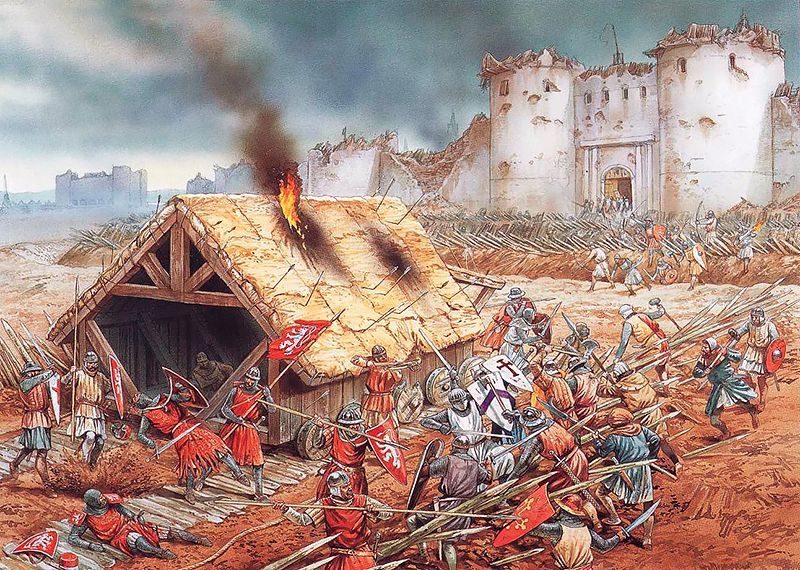
Interregnum
Timișoara, RomaniaAndrew III died on January 14, 1301. His death created an opportunity for about a dozen lords, or "oligarchs", who had by that time achieved de facto independence of the monarch to strengthen their autonomy. They acquired all royal castles in a number of counties where everybody was obliged either to accept their supremacy or to leave.
At the news of Andrew III's death, viceroy Šubić invited Charles of Anjou, the late Charles Martel's son, to claim the throne, who hurried to Esztergom where he was crowned king. However, most secular lords opposed his rule and proposed the throne to King Wenceslaus II of Bohemia's namesake son. The young Wenceslaus could not strengthen his position and renounced in favor of Otto III, Duke of Bavaria in 1305. The latter was forced to leave the kingdom in 1307 by Ladislaus Kán. A papal legate persuaded all the lords to accept Charles of Anjou's rule in 1310, but most territories remained out of royal control.
Assisted by the prelates and a growing number of lesser nobles, Charles I launched a series of expeditions against the great lords. Taking advantage of the lack of unity among them, he defeated them one by one. He won his first victory in the battle of Rozgony (present-day Rozhanovce, Slovakia) in 1312. However, the most powerful lord, Matthew Csák preserved his autonomy up until his death in 1321, while the Babonić and Šubić families were only subjugated in 1323.
